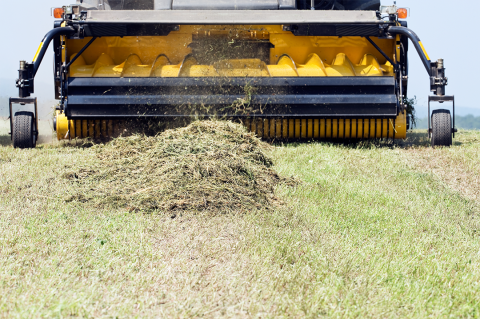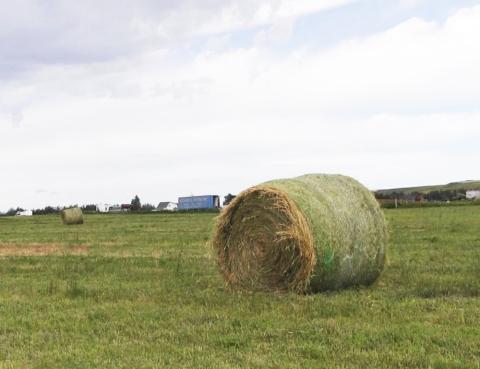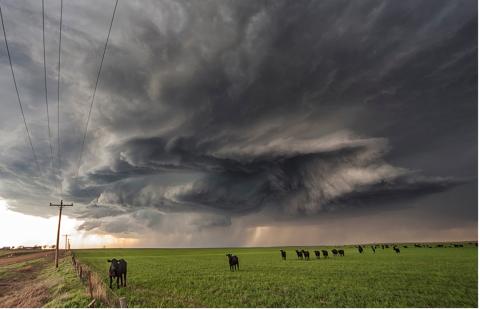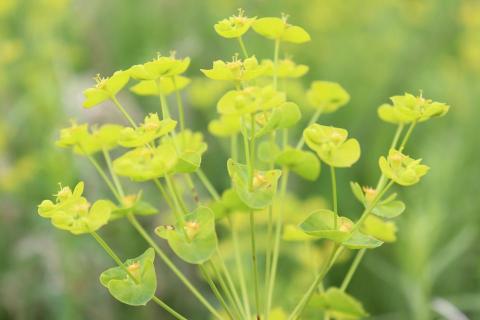Pasture and Forage Minute: Hay Harvest, Weather Impacts on Forage Growth and Grazing Strategies
July 1, 2024
Nebraska Extension educators share tips on adjusting grazing strategies for summer weather and forage growth, and targeting the best date for sub-irrigated meadow hay harvest.
Pasture and Forage Minute: Considerations for Alfalfa Disease, Harvesting During Wet Summers and Weevil Feeding on Regrowth
June 25, 2024
Recommendations for alfalfa producers on managing windrow disease, navigating rain issues during harvest, and estimating alfalfa weevil thresholds when regrowth feeding has been observed.
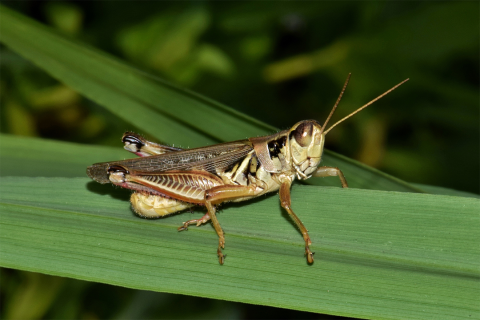
Pasture and Forage Minute: Management Considerations for Grasshopper, Poison Hemlock and Yucca
June 20, 2024
Economic thresholds of grasshoppers have been observed in some Nebraska pastures — review the square foot method and insecticide options to begin scouting and control measures.
Staying Current on Forage Prices
June 18, 2024
There are several resources that Nebraska producers can use to stay up to date on current hay prices. Use these sites to stay informed throughout the forage production season.
Pasture and Forage Minute: Hail Damage to Pasture and Hay, Alfalfa Irrigation After a Wet Spring
June 11, 2024
Extension recommendations on reducing the risk of toxic plant consumption for grazing animals, hail damage recovery for pasture and hay fields, and summer alfalfa irrigation following a wet spring.
Drought Plans Should be Updated, as Weather Predictions Could Impact Forage
June 7, 2024
With significantly lower hay prices and concerns about reduced forage production this summer, producers should consider securing a portion of the expected needed hay supplies for next fall and winter now.
Pasture and Forage Minute: Controlling Leafy Spurge and Alfalfa Weevil, Planting Warm-season Annuals
May 28, 2024
Strategies for reducing spread of leafy spurge and scouting for alfalfa weevil, plus insights on selecting and planting warm-season annuals.
Economic Considerations for Converting Cropland to Perennial Grazing Lands
May 23, 2024
Extension educators review the financial and operational considerations of converting cropland to grass pastures.

